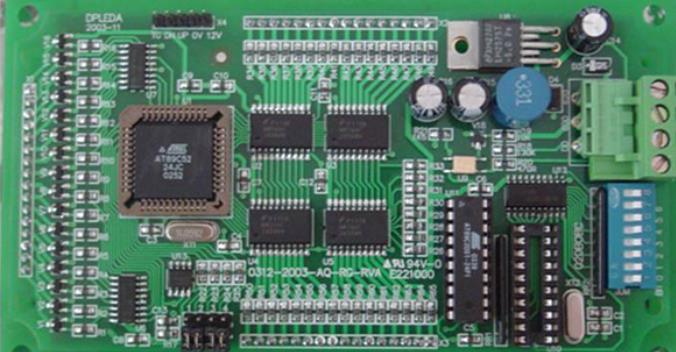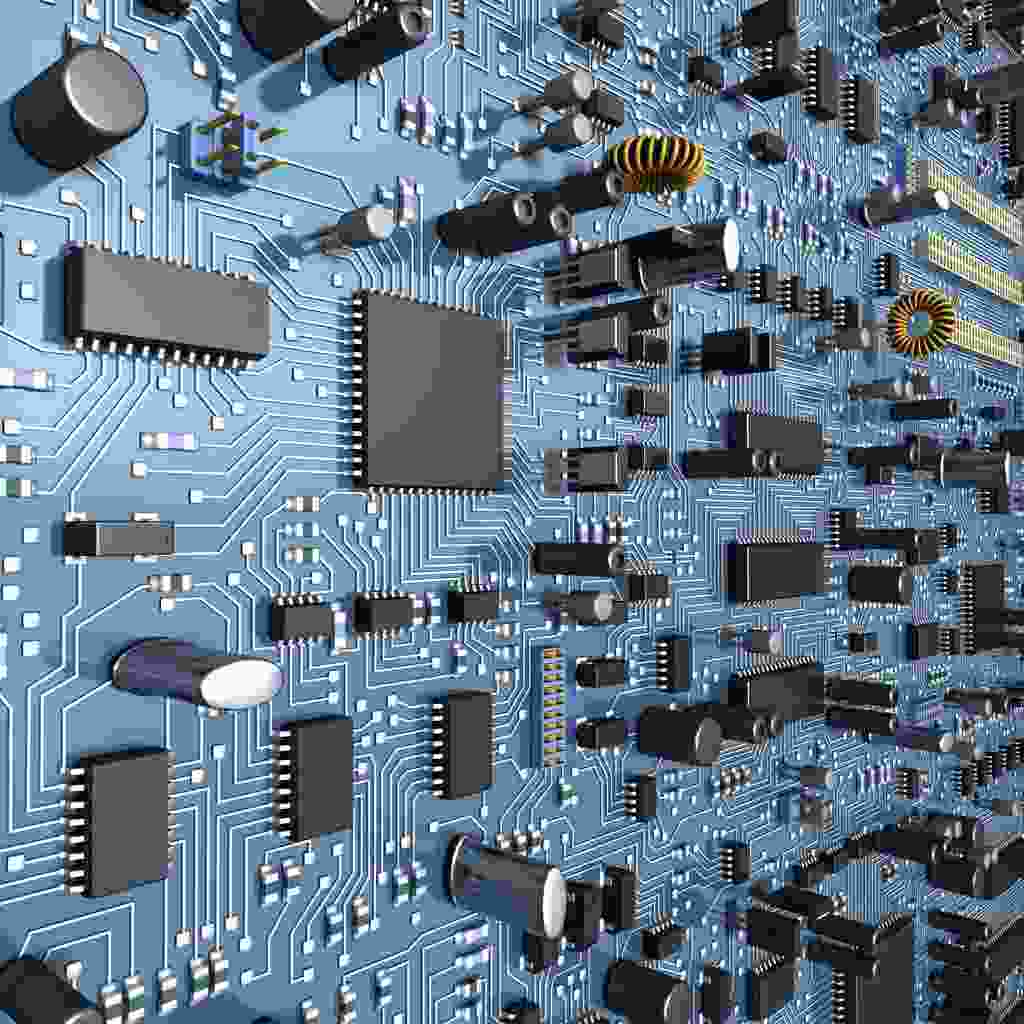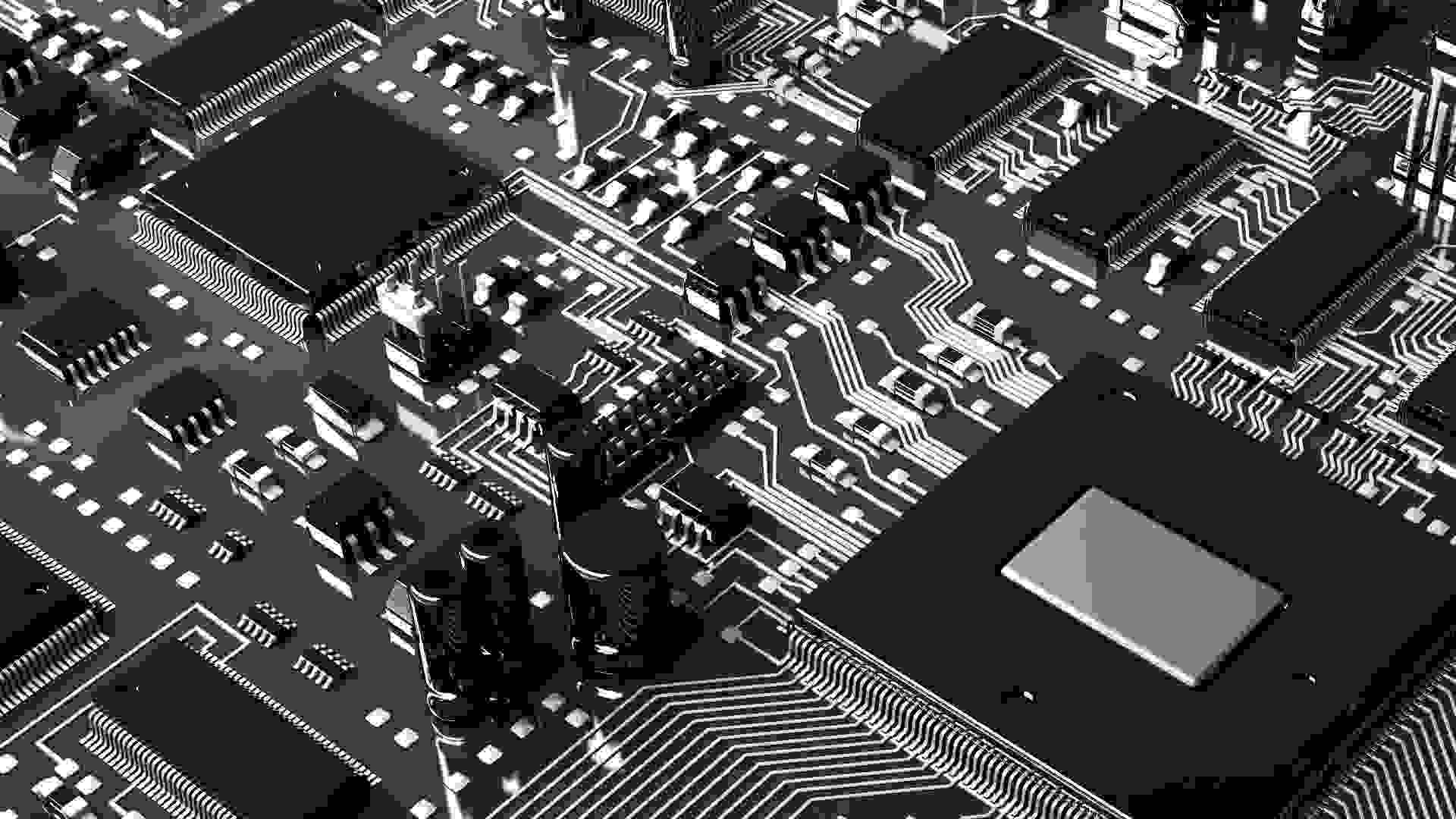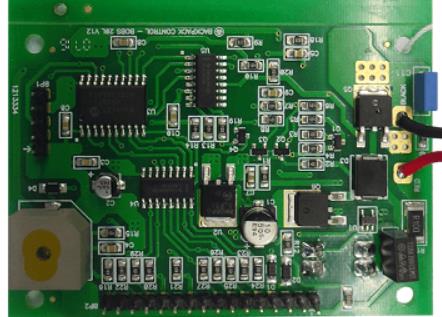
SMT and lead-free soldering of electronIC products
SMT is a series of PCB based processing processes,
SMT is an abbreviation of surface mounting technology, Chinese means surface mounting (mounting) technology, which is a technology for welding electronIC parts to the surface of circuit boards
Extended Reading: What is SMT? What does smt do? What does the SMT patch mean?
What advantages does SMT chip processing technology have for the development of modern electronic products? Let me explain to you below.
What are the advantages of SMT chip processing?
1. SMAll size and high assembly density of electronic products
Nowadays, the volume of electronic products is getting smaller and smaller, the motherboard is getting smaller and smaller, and the electronic parts are getting smaller and smaller. The traditional manual patch can no longer meet the needs of modern electronic products, from 0804 to the current 0201. The application and development of electronIC components need fully automatic Surface Mount Technology machinery to replace labor force. At present, more than 90% of electronic products use SMT processing technology.
The chip module used for SMT chip processing has high reliability, small size, light weight and strong vibration resistance SMT automatic production, rapid installation, high productivity and strong reliability are adopted. The number of defective products is almost one in ten thousand, which ensures that the reliability and quality of products are improved, the defect rate is reduced and the production efficiency is improved
3. High production efficiency and automatic production
SMT wafer processing equipment can basically be produced by online full-automatic equipment, including loading machine, printing machine, SPI company, mounting machine, reflow soldering, automatic optical detection, loading machine, and the whole line equipment can realize automatic production. Improve production efficiency, save time and labor costs, and ensure significant improvement of product quality
4. Reduce expenses and costs
5. Reduce costs and expenses
Reduce the number of drilling holes and save maintenance costs; The frequency characteristic is improved, and the circuit debugging cost is reduced; The chip module is small in size and light in weight, reducing the cost of packaging, transportation and storage;
SMT chip processing technology can save data, energy, equipment, manpower, time, etc., and reduce the cost by more than 50%.
Why to use lead-free soldering in SMT chip processing
When customers ask about SMT chip processing, they often ask whether they use lead-free soldering or lead soldering. We will tell customers that lead-free and lead-free soldering are available. Prices are different, so lead-free and lead-free soldering. What is the difference between lead soldering and lead-free soldering? Why use lead-free soldering in SMT wafer processing? Let me introduce the difference between lead soldering and lead-free soldering.
1. Differences between lead-free soldering and lead-free soldering:
Soldering with lead solder paste or lead-free solder paste, lead-free solder paste is environmentally friendly, while lead-free solder paste is not. It is recalLED that the difference between lead and lead-free in SMT chip processing is environmental protection and non environmental protection
2. Difference between lead and lead-free
1. Different alloy compositions:
The composition of tin and lead commonly used in lead processing is 63/37
The composition of lead-free alloy is SAC305,
That is, tin: 96.5%, silver: 3%, copper: 0.5%.
The lead-free process cannot be completely lead-free, but can only contain very low lead content. 2. Different melting points:
The melting point of lead and tin is 180 °~ 185 °, and the working temperature is about 240 °~ 250 °.
The melting point of lead-free tin is 210 °~ 235 °, and the working temperature is 245 °~ 280 °.
3. Cost variance:
Tin is more expensive than lead. When solder of equal importance is replaced by tin, the cost of solder will increase. Recall that the cost of lead-free processing is much higher than that of lead processing.
The cost of lead-free processing is 2.7 times that of wave soldering and manual soldering, and the cost of reflow solder paste is about 1.5 times.
Why use lead-free soldering SMT chip processing?
Now is the time to sum up this problem. Lead free welding is mainly for environmental protection. For users using this product, it will be healthier and have less impact on the environment. However, the cost of lead-free welding will be higher, and the unit price of SMD processing will also be higher. It will be very high. Customers need to use lead-free or lead-free welding, which should be considered according to the use environment, product price and profit, rather than blindly pursuing lead-free welding.
SMT is a series of PCB based processing processes,
SMT is an abbreviation of surface mounting technology, Chinese means surface mounting (mounting) technology, which is a technology for welding electronIC parts to the surface of circuit boards
Extended Reading: What is SMT? What does smt do? What does the SMT patch mean?
What advantages does SMT chip processing technology have for the development of modern electronic products? Let me explain to you below.
What are the advantages of SMT chip processing?
1. SMAll size and high assembly density of electronic products
Nowadays, the volume of electronic products is getting smaller and smaller, the motherboard is getting smaller and smaller, and the electronic parts are getting smaller and smaller. The traditional manual patch can no longer meet the needs of modern electronic products, from 0804 to the current 0201. The application and development of electronIC components need fully automatic Surface Mount Technology machinery to replace labor force. At present, more than 90% of electronic products use SMT processing technology.
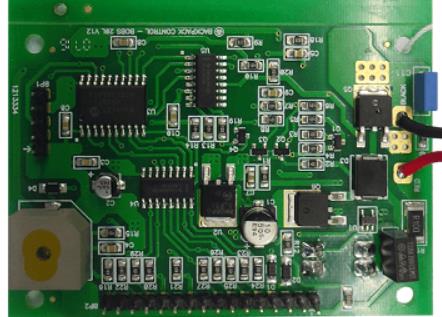
The chip module used for SMT chip processing has high reliability, small size, light weight and strong vibration resistance SMT automatic production, rapid installation, high productivity and strong reliability are adopted. The number of defective products is almost one in ten thousand, which ensures that the reliability and quality of products are improved, the defect rate is reduced and the production efficiency is improved
3. High production efficiency and automatic production
SMT wafer processing equipment can basically be produced by online full-automatic equipment, including loading machine, printing machine, SPI company, mounting machine, reflow soldering, automatic optical detection, loading machine, and the whole line equipment can realize automatic production. Improve production efficiency, save time and labor costs, and ensure significant improvement of product quality
4. Reduce expenses and costs
5. Reduce costs and expenses
Reduce the number of drilling holes and save maintenance costs; The frequency characteristic is improved, and the circuit debugging cost is reduced; The chip module is small in size and light in weight, reducing the cost of packaging, transportation and storage;
SMT chip processing technology can save data, energy, equipment, manpower, time, etc., and reduce the cost by more than 50%.
Why to use lead-free soldering in SMT chip processing
When customers ask about SMT chip processing, they often ask whether they use lead-free soldering or lead soldering. We will tell customers that lead-free and lead-free soldering are available. Prices are different, so lead-free and lead-free soldering. What is the difference between lead soldering and lead-free soldering? Why use lead-free soldering in SMT wafer processing? Let me introduce the difference between lead soldering and lead-free soldering.
1. Differences between lead-free soldering and lead-free soldering:
Soldering with lead solder paste or lead-free solder paste, lead-free solder paste is environmentally friendly, while lead-free solder paste is not. It is recalLED that the difference between lead and lead-free in SMT chip processing is environmental protection and non environmental protection
2. Difference between lead and lead-free
1. Different alloy compositions:
The composition of tin and lead commonly used in lead processing is 63/37
The composition of lead-free alloy is SAC305,
That is, tin: 96.5%, silver: 3%, copper: 0.5%.
The lead-free process cannot be completely lead-free, but can only contain very low lead content. 2. Different melting points:
The melting point of lead and tin is 180 °~ 185 °, and the working temperature is about 240 °~ 250 °.
The melting point of lead-free tin is 210 °~ 235 °, and the working temperature is 245 °~ 280 °.
3. Cost variance:
Tin is more expensive than lead. When solder of equal importance is replaced by tin, the cost of solder will increase. Recall that the cost of lead-free processing is much higher than that of lead processing.
The cost of lead-free processing is 2.7 times that of wave soldering and manual soldering, and the cost of reflow solder paste is about 1.5 times.
Why use lead-free soldering SMT chip processing?
Now is the time to sum up this problem. Lead free welding is mainly for environmental protection. For users using this product, it will be healthier and have less impact on the environment. However, the cost of lead-free welding will be higher, and the unit price of SMD processing will also be higher. It will be very high. Customers need to use lead-free or lead-free welding, which should be considered according to the use environment, product price and profit, rather than blindly pursuing lead-free welding.
Gerberファイル、BOMファイル、および設計ファイルをアップロードするだけで、KINGFORDチームは24時間以内に完全な見積もりを提供します。


